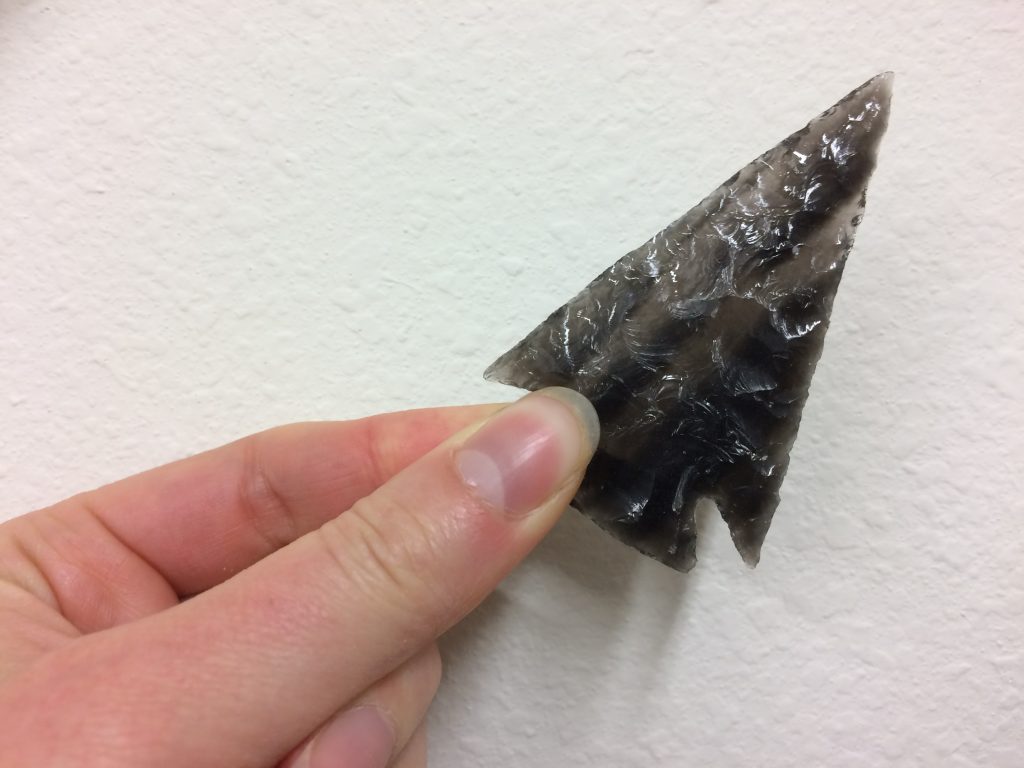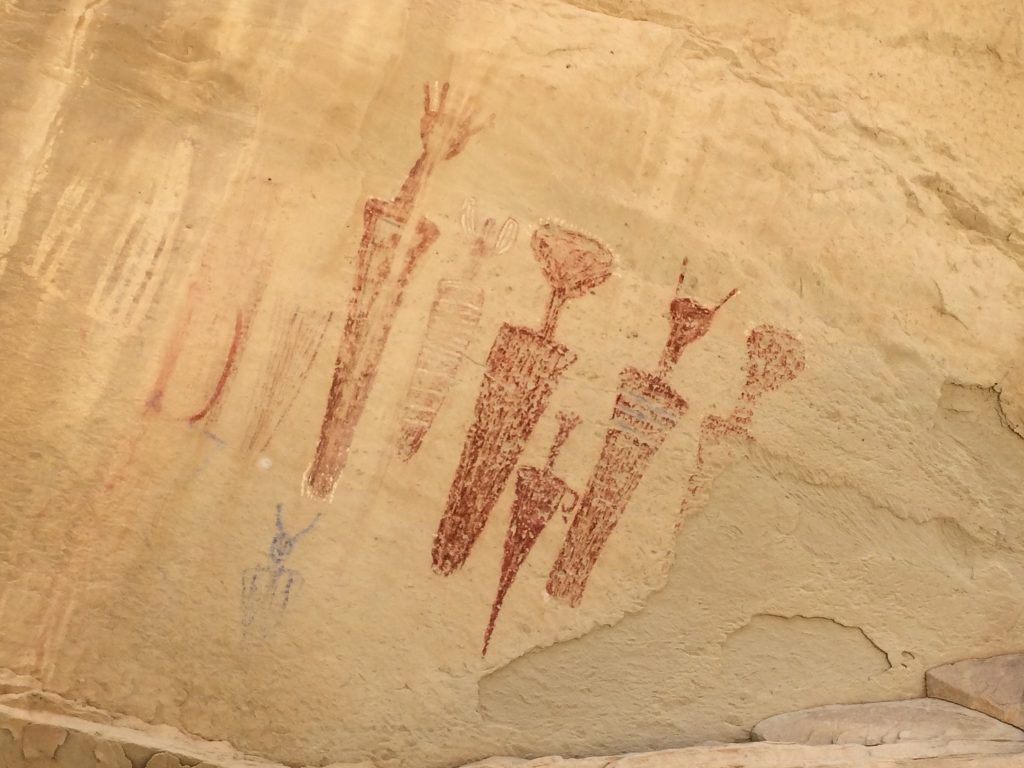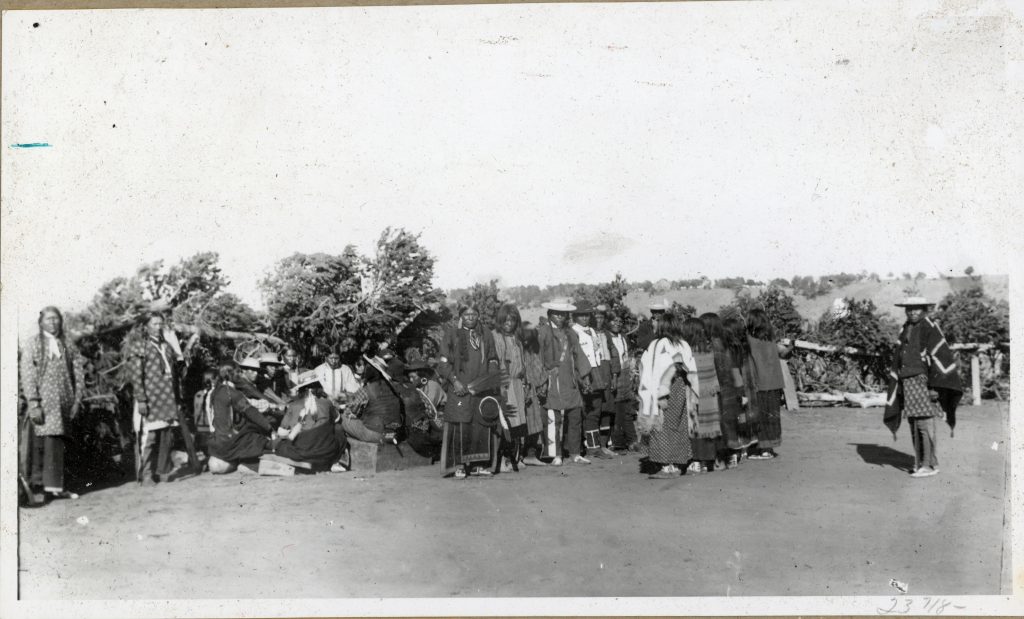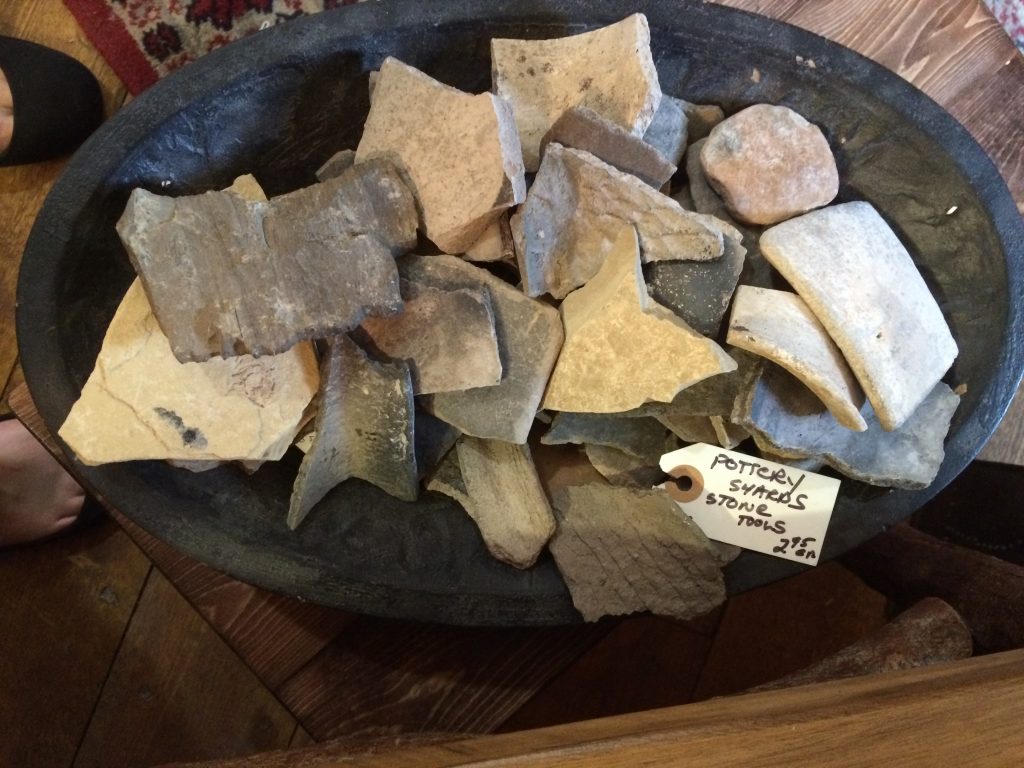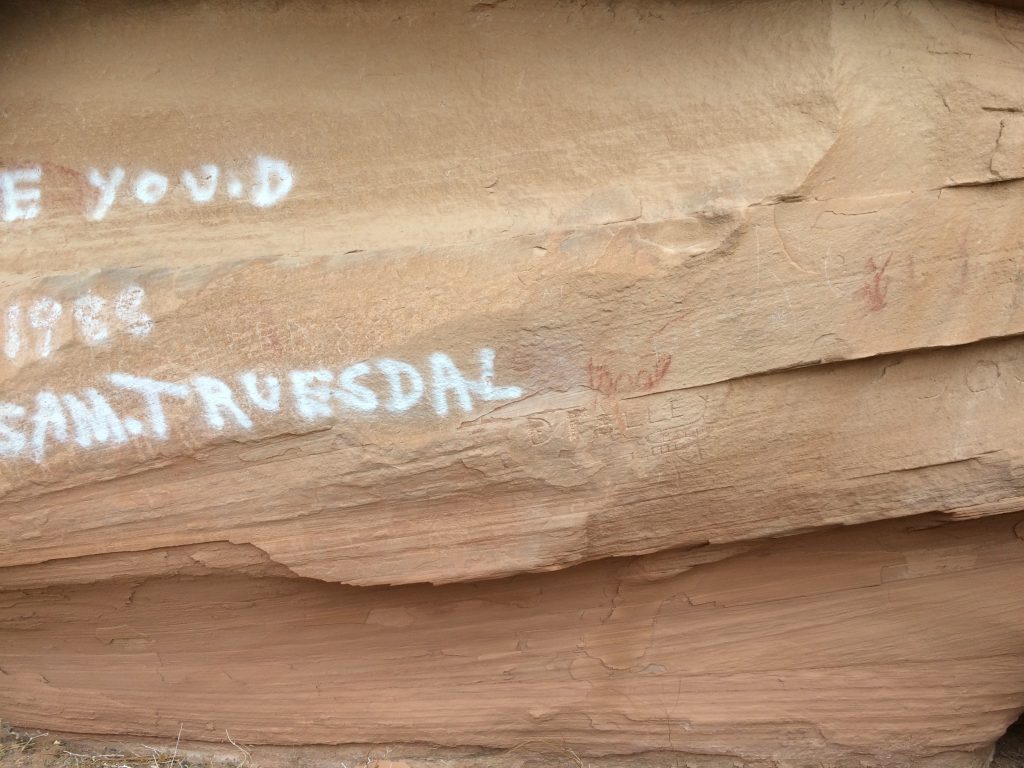Cultural Heritage
What is Cultural Heritage?
There are two types of Cultural Heritage, Tangible and Intangible.
“Tangible” means something has a physical form- it can be touched. Tangible cultural heritage includes:
- Artifacts. These are the things people make or modify and leave behind, items that can often be found at a museum. For example, objects like paintings, sculptures, coins, arrowheads, books, and the like.
- Features. These are the remains of a non-portable activity, and can contain artifacts. Features include things such as a campfire pit, corral, or cabin.
- Sites. These are a collection of artifacts and features. A site could be a prehistoric camping area, a homestead, or even a whole city.
- Underwater Cultural Heritage. Things like shipwrecks and underwater ruins. These are rare in Colorado, but can happen in lakes and rivers.
“Intangible” means something does not have a physical form. Intangible cultural heritage includes traditions, things that must be experienced. Traditions include experiences like stories, dances, songs, beliefs, ritual, and other cultural practices.
Sometimes artifacts or features can give clues about where or what intangible cultural heritage activities may have occurred in the past.
- Artifacts can be handled, like this blade.
- Features, like this rock art, are places you visit.
- Events like this Bear Dance are traditions. Photo # 1980.0013.0082, Museums of Western Colorado.
Arrowhead Hunting
Every time someone picks up an arrowhead or other artifact, knowledge is lost. Archaeologists can use arrowheads and artifacts to learn about how Native Americans and historic people used the land, but only when they remain in their original position.
It is illegal to collect artifacts–such as arrowheads–from public lands. If you do happen to come across one, take a picture and mark the spot on a map or on your GPS. Contact your local BLM office or Park Ranger and they will send out archaeologists to investigate. Who knows, you may have just discovered a new trade route!
- Once objects leave their original place, they become lost objects that have no history like these pieces in an antique shop.
- The graffiti on this rockface is so bad that the rock art had been destroyed. Only a bit of the original red paint is still visible.

